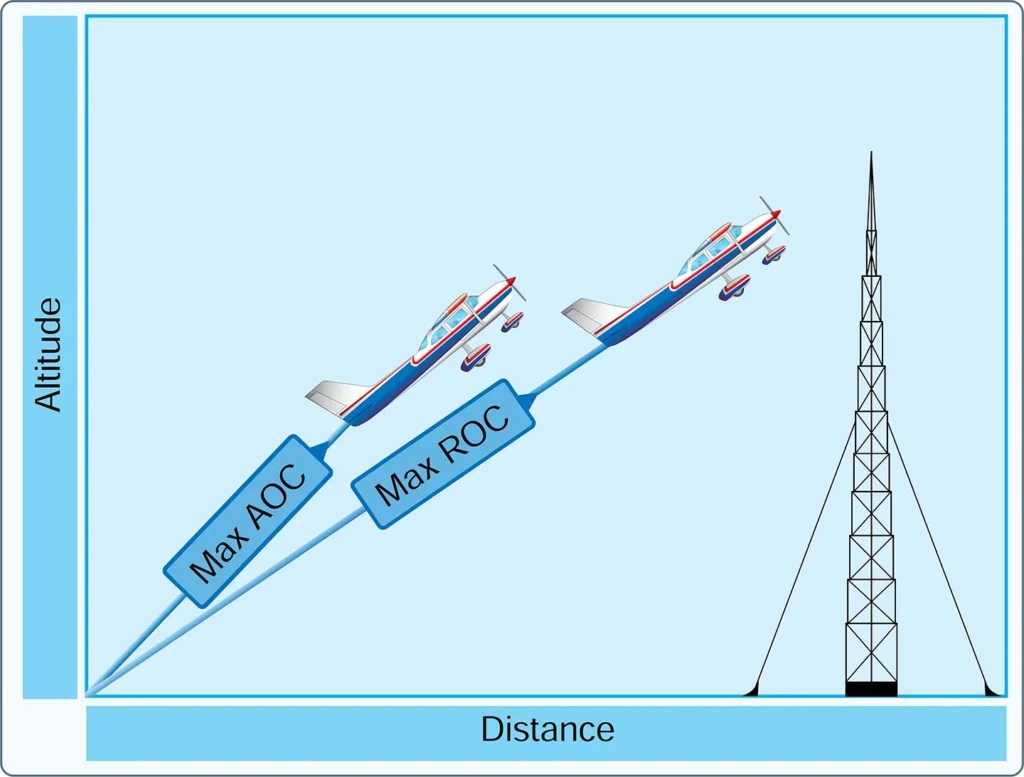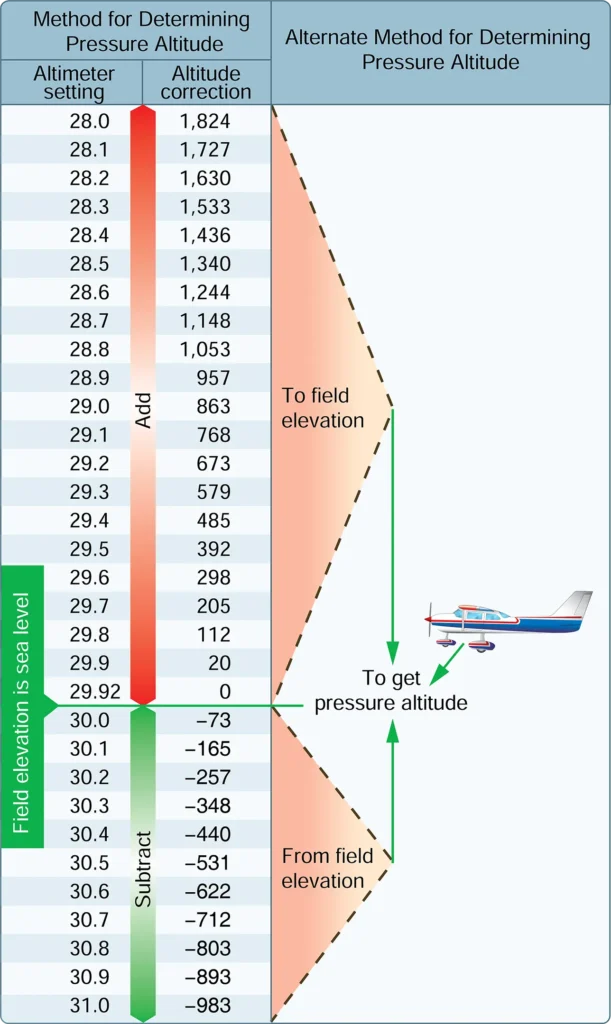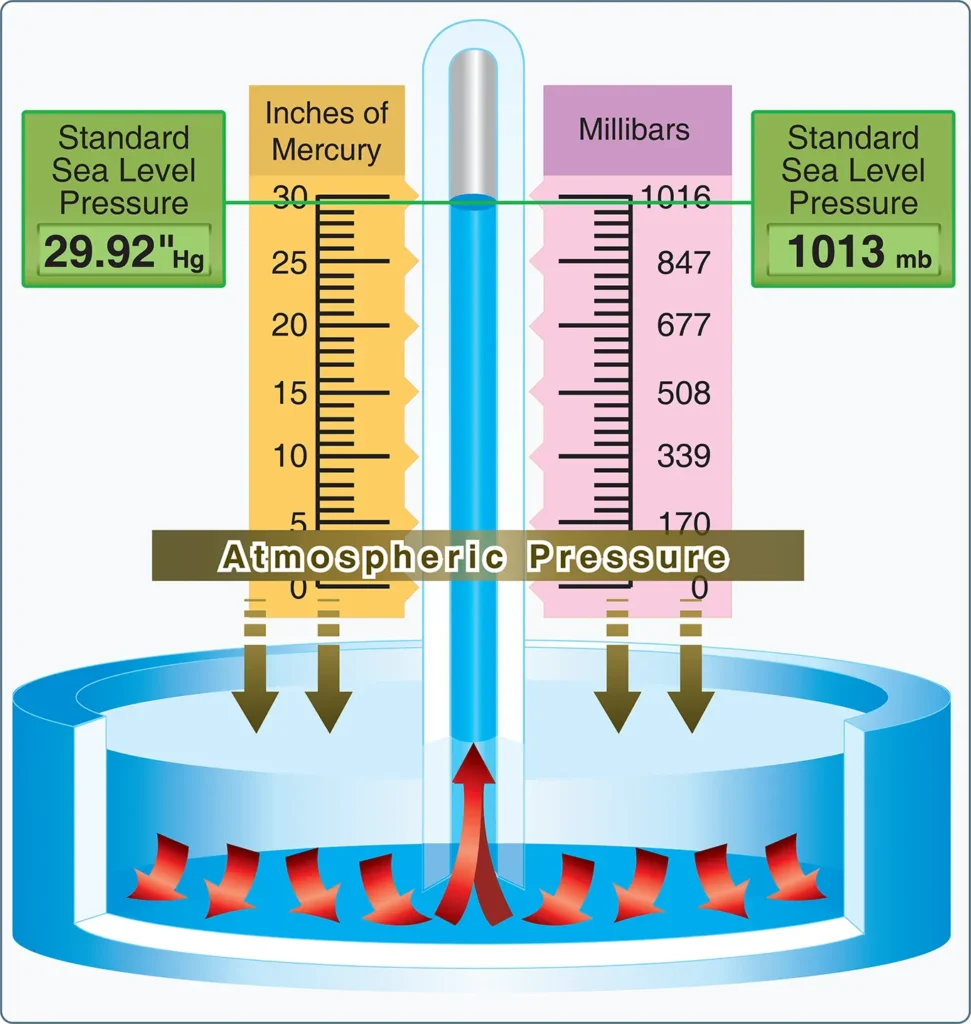Coriolis Force | Aviation Weather Theory
Aeronautical Knowledge, Flying TrainingIn general atmospheric circulation theory, areas of low pressure exist over the equatorial regions and areas of high pressure exist over the polar regions due to a difference in temperature. The resulting low pressure allows the high-pressure air at the poles to flow along the planet’s surface toward the equator. While this pattern of air […]



